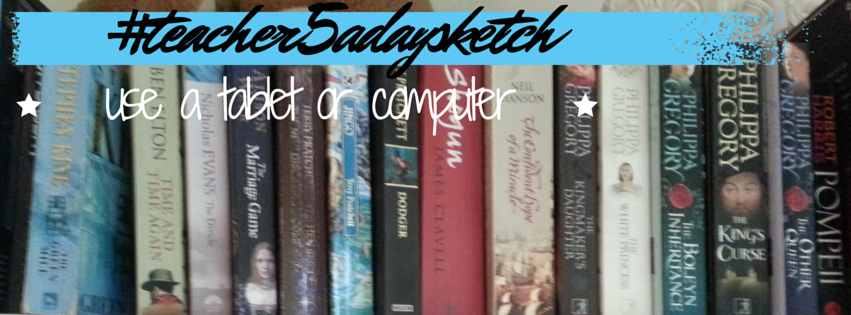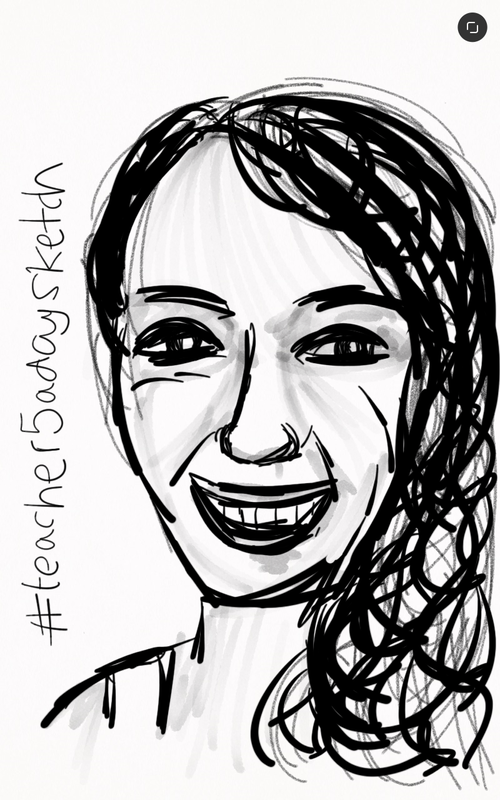Despite all this, I still use the "normal" whiteboard in my classroom every day. I tend to create a PowerPoint/Flipchart for most lessons I teach, but these are very basic and used to scaffold the sequence of activities for the lesson. While there are some beautifully designed electronic resources out there, I steer away from anything that's very step-by-step, because I feel like it interrupts the flow of the lesson - it becomes more about me delivering a lecture than responding to what pupils are saying or thinking. Most of the time, I pre-write any examples I'm going to use, so I can choose them carefully to sequence what I want pupils to discover, but I don't pre-write solutions - that's done by hand, either annotating on top of an electronic resource or on the standard whiteboard I have by my electronic version.
I'm the same with books - a couple of years ago, a friend gave me his old Kindle with over a hundred books already loaded on. I've picked it up once and really didn't get on with it - I found the experience of not being able to turn the pages of the book really offputting. Since then, I must have bought and read another thirty-odd paper books, all of which require storage space (see small selection in header photo!). The advantages of electronic books are apparent, but I still can't quite take that part of my life completely online either.
It'll be interesting to see how technology and education develop together in the future, but I'm still convinced that some learning has to stay rooted in a physical environment.


 RSS Feed
RSS Feed
